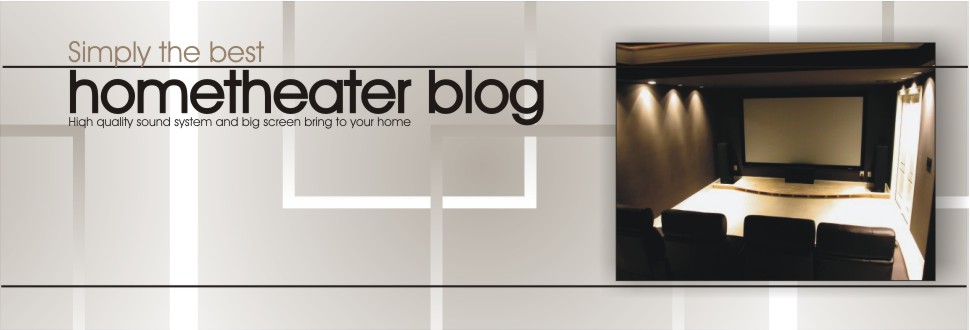Home Theater Set-up Basics 101

Recently, at the Audioholics Showcase Home we've been able to survey some of our neighbors' home theater systems. Despite the fact we don't openly disclose to our neighbors what we do, we've been branded as the "go to" place for any questions related to home theater, speakers and even iPods. Have your builder run 10,000 ft of speaker and audio cable during the framing stage of your house, and the news travels fast among the neighborhood that these guys must know something about home theater.
While most of our neighbors still don't understand what Audioholics is all about, they know that it's a safe bet to come to us with their audio woes. To our surprise we discovered that out of all of neighbors' theater systems we surveyed (nearly a dozen), about 90% of them didn't even have a digital connection between their DVD players and receivers and 100% of them didn't even bother with level calibration or proper bass management setup!
Here are some basic tips we offer for Audiophytes wanting the most from their theater systems:
* clip_image004_172.jpg Properly wire your speakers to your receiver. Use consistent polarity from each speaker to the receiver [red = (+), black = (-)]. Connect the appropriate speaker to the designated speaker terminals in the back of the receiver (ie. your front left speaker should connect to the front left speaker input in your receiver)
* Use the right cables to connect your sources (ie. DVD player, cable box, etc) to your receiver.
References:
Basic Audio & Video Set-Up Guide
Receiver Setup and Connections
DVD Player Setup
Setting Up Your Home Theater System - Basics
Audio & Video Connections Guide
Cable Principles
* Properly set up your speaker system (speaker placement, bass management, etc)
References:
An Easy Solution To Subwoofer Calibration
Bass Management Basics - Settings Made Simple
Home Theater Speaker Layout - An Essential Guide
Subwoofer Placement Guidelines
An Important Note About Volume Controls:
Most modern AV receivers' volume controls don't operate on a 10 point incremental scale where 0 is mute and 10 is full on. Instead they operate on a more precise, usually ½ dB, scale where the larger the negative number is, the lower the volume will be and 0dB is usually very loud and at or near max volume. Remember the volume gets increasingly louder with each clockwise rotation and increasingly lower to each counterclockwise rotation. Always set the volume control to its minimum setting (counterclockwise) when powering up your system for the first time.
A few additional useful tips when planning a Home Theater System:
* Try to avoid placing the primary three front speakers on the ceiling. If they have to be above ear level, angle them down using a device such as the Auralex MoPAD or a proper mounting bracket that can support the speaker.
* Avoid " Cubed" speakers " at all costs. Better sounding speakers with only a modest size increase can be had for the same money or much less. You can also find speakers that integrate better with the aesthetics of your room much more so than those little white or black cubes.
Note: If you already purchased a Cubed speaker system and don't have the ability to return it, make sure you set it up as follows for proper operation.
* Connect all cube speakers to their corresponding connections on the bass module.
* Connect each speaker level connection from the bass module to the corresponding connection on the receiver (ie. center channel to center channel, right rear to right rear, etc)
* Connect an RCA level cable from the sub out of your receiver to the sub in of your bass module
* Set all of the speakers to "Large" in the receivers bass management and the subwoofer to "Yes".
* When in doubt, consult your dealer or the manufacturer.
* Invest in basic calibration gear such as a Radio Shack SPL Meter and Avia Test Disc. Having these tools will ensure more accurate calibration that you simply cannot achieve with just your ear.
* Purchase your equipment from a competent and authorized dealer. If all else fails, solicit their help in setting up your home theater system. Spending your hard earned cash on all of this gear is futile if it isn't properly setup and configured.
Apply the same measures of properly caring for and operating your home theater equipment like you do when you purchase a new car or swimming pool for your home. Doing so will ensure years of carefree listening and viewing enjoyment which can come close to or often exceed the experience you have at your local Cineplex. Now all you need is a pop corn machine and some reclining chairs and you're all set.

0 comments:
Post a Comment